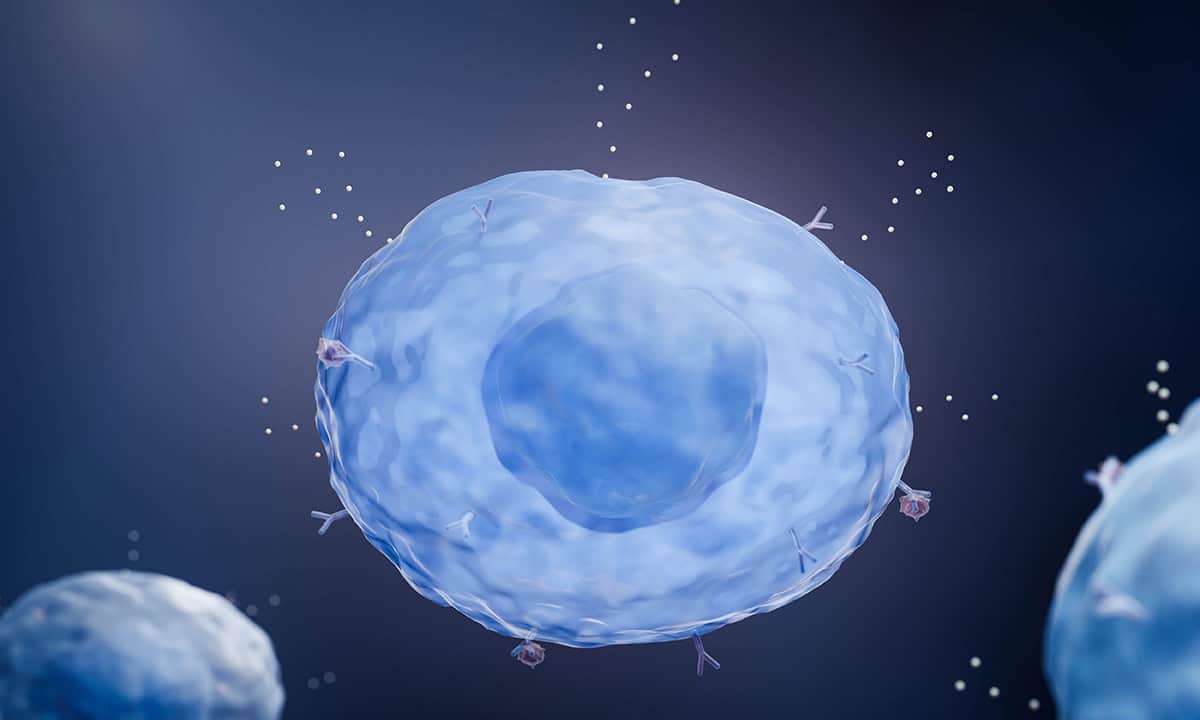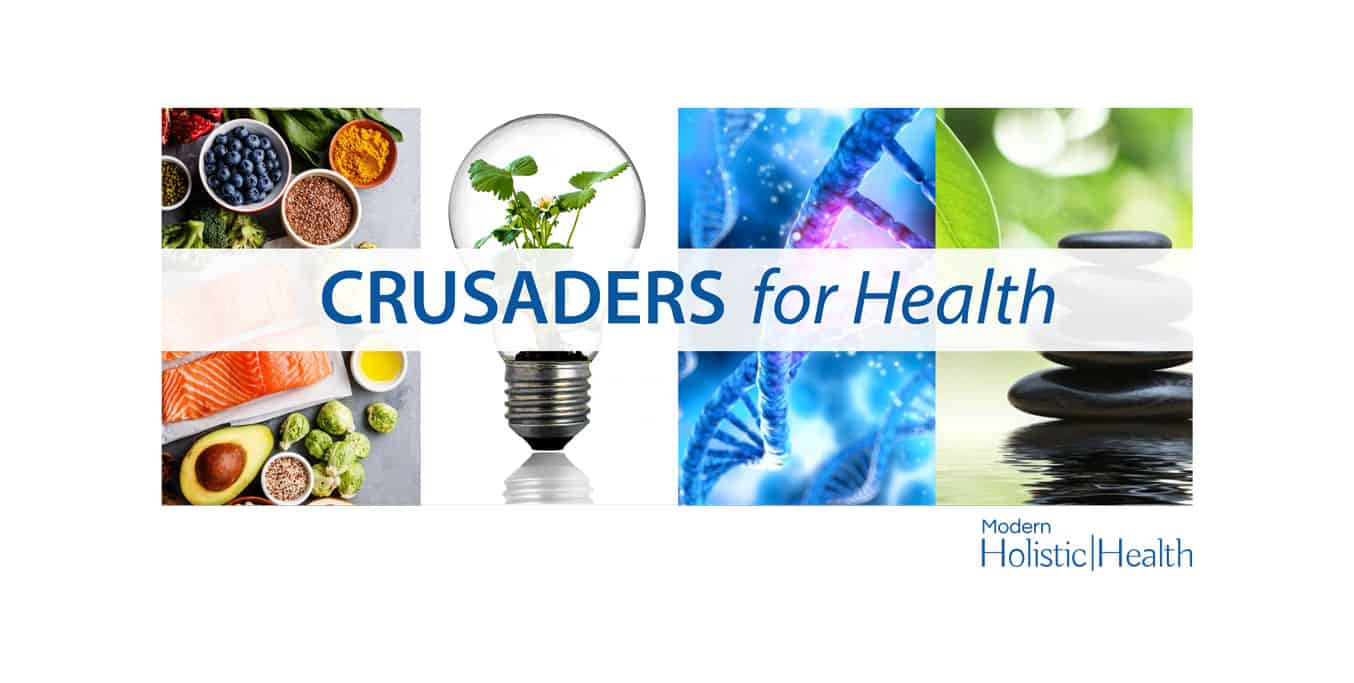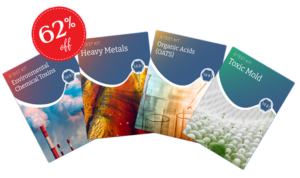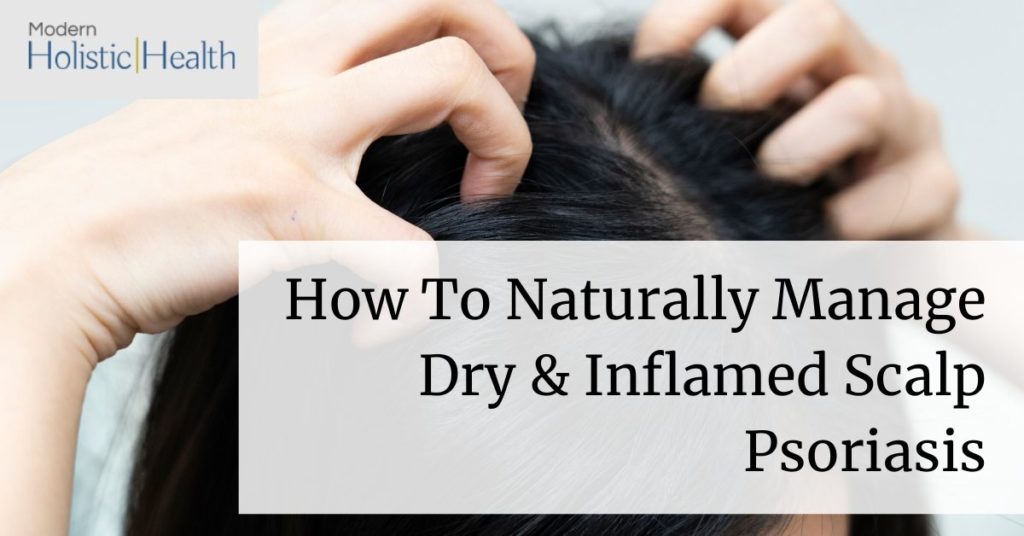
Environmental Toxins and Women’s Health
Statistics show that neurological disease, mental health conditions, infertility, metabolic disease (type 2 diabetes) and many other chronic illnesses have dramatically increased over the last 50 years. In our world of modern medicine, many ask why this is happening. How is it that with all the medical advances world wide, we have seen an increase in infertility, increase in type 1 and type 2 diabetes, and basically every other chronic disease? A look into our environmental influences is providing answers to scientists and doctors who are looking to discover why.
As the model of individualized and precision medicine evolves, understanding how environmental toxins, infections, and lifestyle choices affect our health,and even our genetic expression, is providing answers and solutions for those who are not willing to accept that their chronic disease or condition as something they just have to live with for the rest of their lives.
When it comes to our environment there is much evidence showing that the common chemical exposures we have every day are known to cause neurological disorders, infertility, and metabolic changes, and even cancer in our bodies. Toxins found in our everyday consumables like our laundry detergent, perfumes and deodorants, household cleaners, carpets and upholstery, hand soaps and other personal body products, makeup, and even hand sanitizers all contain toxins that are known to cause the very diseases and chronic conditions we are seeing on the rise.
Toxic chemicals from plastics, and other chemical toxins, are widespread and are also causing major health problems, not just in women, but in men and children’s health as well. Chemicals from plastics like PFAS, and flouride for example, have contaminated our water and many U.S. cities have dangerous levels of these chemicals in their drinking water. The National Resource Defense Counsel (NRDC) recently reported that 27 million people, or one in every 12 Americans, are consuming water from their municipal water systems which have been cited with health-based violations. These violations are alarming and are contributing to our major health crisis in the United states. A family of chemicals, including Chlorine, which is used to treat surface and groundwater, is widely known to cause breast and rectal cancers, premature aging of the skin, birth defects, asthma, and is one of the leading causes of bladder cancer. Other harmful levels of chemicals found in our municipal water systems are contributing to immune deficiencies, mental health disorders, and hormone imbalances, and can lead to infertility issues. These include fluoride, pharmaceutical drugs, radioactive contaminants, arsenic, lead, aluminum and other toxic metals.
When it comes to the various toxic plastics, the problem compounds because these types of chemicals don’t just break down, in fact it takes them so long to break down that scientists haven’t been able to determine how many hundreds of years it can take. Understanding this is important because it allows us to see why these toxins are accumulating in our environment as well as in our bodies.
PET/PETE and PVC’s are other common chemical toxins that contribute to pregnancy issues, developmental issues in fetuses, and neurological issues in children. These toxins are found in plastic containers, plastic water bottles anc account for 62 percent of all plastics produced globally. PVC contains toxic substances such as lead, phthalates, mercury, dioxins, and cadmium known to cause cancer, ADHD, asthma, allergies, and neurological diseases and these chemicals are also found in carpet backing, flooring, shower curtains, oil jars, shampoo and squeeze bottles, mouthwash bottles, toys, cling wrap and packaging.
The diseases and chronic health conditions affecting women, men, and our children as a result of these types of environmental toxins isn’t new news and these disease causing agents aren’t just found in our household products. In addition to exposure from consumer products, billions of tons of these toxic chemicals have been dumped into our rivers, and landfills, contaminating our air and our water. These companies were ‘self regulated’ rather than having regulation by the EPA with regards to these chemicals. Even though these companies knew about the severe toxic effects from their own internal studies they never released their findings and instead covered up their knowledge of their discoveries and continued dumping these toxins in the environment and exposing consumers around the globe to these known toxic chemicals.
If you have been wondering about the work being done on our behalf to clean up the environment by removing these harmful environmental toxins that have caused the stark rise in our incidences of chronic disease, the recent film, Dark Waters, featuring actor and activist, Mark Rufallo, shows the story of the real life corporate attorney, Rob Bilott, and how he has been exposing the unethical practices of chemical manufacturing companies like Dupont, and how he spearheaded the largest epidemiological study on toxic chemicals ever conducted. Almost 20 years later he is still advocating for all US citizens, continuing his battle to have these chemical companies held accountable and the US government create better regulations to safeguard US citizens and to bring more awareness around this current toxic exposure to these chemicals that is ongoing. In 2018 attorney Rob Bilott filed a nationwide class action lawsuit that is seeking to force these chemical companies to create an independent panel of scientists “tasked with thoroughly studying and confirming the health effects caused by contamination of human blood with multiple PFAS materials.”
With so many different toxins in our consumer products, water sources, and our air, becoming aware of where we are getting exposure and how these toxins affect our health, we can take proactive actions regarding our health. Plastics that are widely used every day also contain other toxins that you may be unaware of. Below are seven plastic packaging identification codes that are shown on all plastic containers denoted by a triangle surrounding a number between 1 and 7, usually found at the bottom of the water bottles or plastic containers. While many use these to identify what plastics can be recycled, it reveals much about the toxicity of common toxins found in plastic based products you might be using

Water bottles and other plastic containers with a 1 inside the triangle tells us that these containers are made from PET/PETE (polyethylene terephthalate). PET plastics contain estrogenic compounds that leach into the food, water, or products stored within these containers or bottles. To make matters worse, PET plastic also leach toxic antimony trioxide into the water which is a known carcinogen (cancer-causing agent) and can contribute to skin problems, pregnancy issues.

Water bottles and plastic containers with a 2 inside the triangle tells us these containers are made from High-Density Polyethylene or HDPE. While some may consider this a safer alternative it’s important to understand how this plastic is affecting humans and our environment. This type of plastic accounts for 62 percent of all plastics produced globally and the most common contaminant found in our oceans. What makes this plastic so dangerous is that it absorbs toxic chemicals for up to 44 months making it a huge toxic substance which our marine life accidentally ingest. The inability for marine life to digest the plastics combined with the toxins that are absorbed by the marine life when these plastics get stuck in their bodies is a double whammy for our marine ecosystem. And there’s no denying now that our seafood is contaminated with these additional toxins. HDPE plastics are typically found in detergent bottles, plastic grocery bags, toys, and milk containers.

Plastic containers and bottles with the number 3 inside the triangle are made from PVC (Polyvinyl chloride) which is the most toxic and most harmful form of plastic. PVC contains toxic substances such as lead, phthalates, mercury, dioxins, and cadmium which can cause cancer, ADHD and other neurological diseases, asthma, allergies, and cancer. When burned it contains one of the most toxic chemicals known. These are found in carpet backing, construction materials, loose-leaf binders, flooring, shower curtains, oil jars, shampoo and squeeze bottles, mouthwash bottles, toys, cling wrap, and packaging. There’s no safe way to manufacture, use or dispose of PVC products. Congress has banned the use of PVC in toys and many states are concerned over PVC exposure because of it’s harmful neurological effects on children and developing fetuses.

Plastics labeled with a number 4 inside the triangle are generally considered safe. These types of plastics contain low-density polyethylene or LDPE. This type of plastic is commonly used in produce bags, squeezable bottles, bread bags, coated paper milk cartons, and hot/cold beverage cups. While LDPE does not contain BPA, it can leach estrogenic chemicals, much like HDPE especially when exposed to sunlight. While this is the least of the toxic plastics it’s important to note that a big problem with LDPE is mainly an environmental one because It is not recyclable via curbside and other recycling programs.

Any plastic with the number 5 in the triangle is also considered a safer alternative. This plastic is made from Polypropylene (PP) and is found in food containers like yogurt, ketchup, and syrups. It’s also found in bottle caps, straws, baby bottles, diapers, sanitary pads, the wraps for butter and is found in many appliances and in cars. While this type of plastic is relatively safe it can leach plastic additives that have been linked with asthma.

Plastics labeled with a number 6 are considered toxic. These are made from polystyrene commonly found in egg cartons, food packaging, disposable cutlery, CD’s, medicine bottles, and test tubes. This chemical is a known carcinogen that is also found in second-hand cigarette smoke and significantly impacts the nervous system and brain and causes hormone disruption.

The last of the plastic codes to look out for is that with a number 7 in the triangle. This toxic plastic is referred to as ‘O’ which refers to all other plastics, ie, “everything else” and is made up of different types of plastics including bioplastics, PFAS ( polyfluoroalkyl substances) and also includes Polycarbonate and the highly toxic BPA plastics. Use of plastic in category 7 is a “Use at Your Own Risk” since you really have no idea what’s in it. Plastics in this category can leach BPA which as we mentioned above is a hormone disruptor that not only affects women with fertility problems and breast cancer, it affects children causing abnormal puberty onset, and men are affected with decreased sperm production and prostate cancer. It is also known to cause diabetes, obesity, resistance to chemotherapy, and other metabolic disorders.
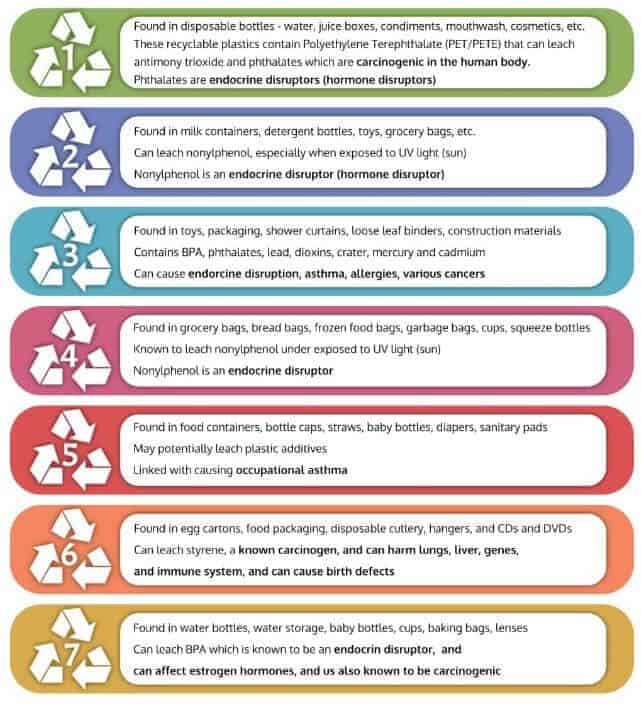

-
Modern Holistic Health
3267 Bee Cave Rd, Ste. 107-187 Austin, TX 78746 - 512.550.7933 | (888) 260-3377
- [email protected]


